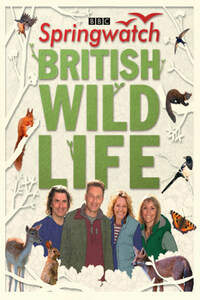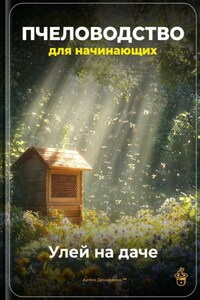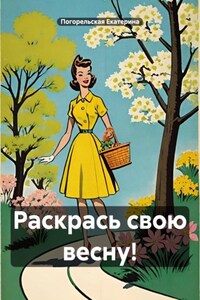Introduction
Like the monarchy, afternoon tea and the weather, Springwatch is a British institution. Of course it didn’t start that way: in fact, when it began, back in 2003, it wasn’t called Springwatch at all. Wild in Your Garden was a week of live TV programmes broadcast from a suburb of Bristol, presented by Bill Oddie, Kate Humble and Simon King. The following year it moved to Devon, was extended to three weeks, and turned into Britain Goes Wild. It wasn’t until 2005 that it finally acquired the name Springwatch.
Since then, it has changed location twice (to Pensthorpe in Norfolk and Ynys-Hir in mid-Wales), spawned numerous spin-offs, including Autumnwatch, Snow Watch and Winter Watch, and acquired a whole range of new presenters including Chris Packham, Martin Hughes-Games and Michaela Strachan. It has also become as fixed a part of the TV schedules as EastEnders and Top Gear.
The success of all these shows, and the various website content, campaigns and events surrounding them, is reflected in the fact that the British have rediscovered their age-old passion for wildlife. Actually it was always there, it was just that for a long time those in charge of the TV schedules preferred their wildlife to be foreign and exotic – lions and elephants rather than badgers and blue tits. Springwatch has shown that there is a real appetite not just for watching wildlife on our doorstep, but for learning about it, too.
That is what the Springwatch Guide to British Wildlife is all about. It is designed to help you learn more about the wildlife featured in the programmes: from the common and familiar species such as blackbirds and blue tits, through the more obscure examples such as natterjack toads and rare orchids, to iconic creatures such as the killer whale and white-tailed eagle. Each creature or group of plants or animals gets its own illustrated double-page spread, featuring fascinating facts and details of their lives.
Of course this can only scratch the surface: there are plenty of specialised guides available to every group of Britain’s wild creatures. But once you are hooked, it will hopefully inspire you to learn more about the wildlife we treasure so much.
©Marko König/Imagebroker/FLPA
The white-tailed eagle (also known as the sea eagle) is Britain’s largest bird of prey, with a wingspan of over 2m (6ft).
Tits
©Paul Hobson/FLPA
©Herbert Kehrer/Imagebroker/FLPAp
Blue tits and great tits are originally woodland birds, which have readily adapted to life in our gardens.
Of all the stars of Springwatch, perhaps none is quite so enduringly popular as the blue and great tits. Their antics, as they jostle for position on feeders, their cheeky behaviour and, above all, their life-or-death struggles as they bring up a brood of chicks under the glare of TV cameras, make them utterly compelling to millions of viewers.
There is one simple reason why these birds have become such stars: they choose to nest in bird boxes, which means that from the earliest days of live TV broadcasts – certainly as far back as the early 1990s and Bird in the Nest – it was possible to put cameras into their nests. Things have changed a lot since then, of course: instead of huge cameras, we now have a battery of tiny high-definition cameras that can view the nesting birds at all angles, without causing them a moment’s disturbance.
The reason tits take so readily to nest boxes is that these artificial homes are an ideal substitute for the natural holes and crevices in which these birds nest. For, like so many of our garden birds, tits are originally birds of the woodland or woodland edge. They have made their homes in our gardens primarily because we provide plenty of food for them – not just in the shape of seeds and peanuts but also through what we plant, which provides much-needed moth caterpillars for their hungry broods.









